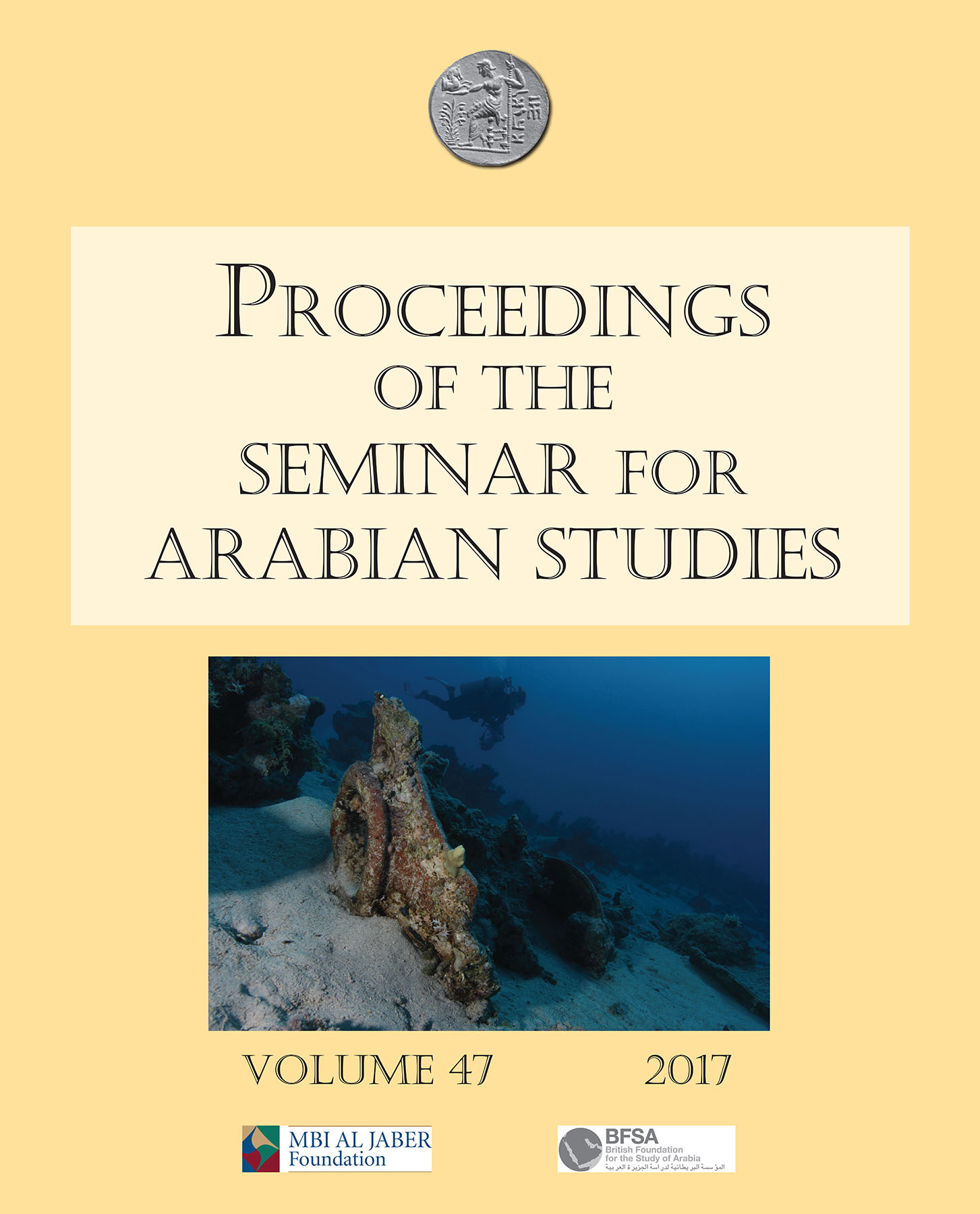A niche construction approach to vegetation community development in the south-west Arabian Neolithic: preliminary results
Keywords:
Neolithic, phytoliths, Arabia, niche construction, YemenAbstract
This paper presents the phytolith assemblages extracted and analysed from ten sediment samples collected during fieldwork in Wādī СanΚāΜ, Yemen, from 1998 to 2008, by the Roots of Agriculture in Southern Arabia (RASA) research project. These samples range in age from about 9000 to 6000 BC and reflect both archaeological and palaeo-ecological contexts. A niche construction approach is used to examine the complex relationship between people, animals, and vegetation. Opal silica phytoliths — microscopic amorphous silica bodies formerly residing in now decayed plants — preserve well in south-west Arabian sediments. Previous research has greatly clarified shifting climatic conditions through a variety of environmental proxies (e.g. speleothems, palaeolakes, fossil pollen, and sedimentology), and phytoliths have helped to illustrate the local impact of the widespread climatic changes. This paper presents discriminant function analysis of phytolith assemblages from different contexts along Wādī СanΚāΜ to interpret resource potential, exploitation patterns, and niche construction during the south-west Arabian Neolithic.
References
.
Published
How to Cite
Issue
Section
License
Archaeopress Publishing, Oxford, UK


